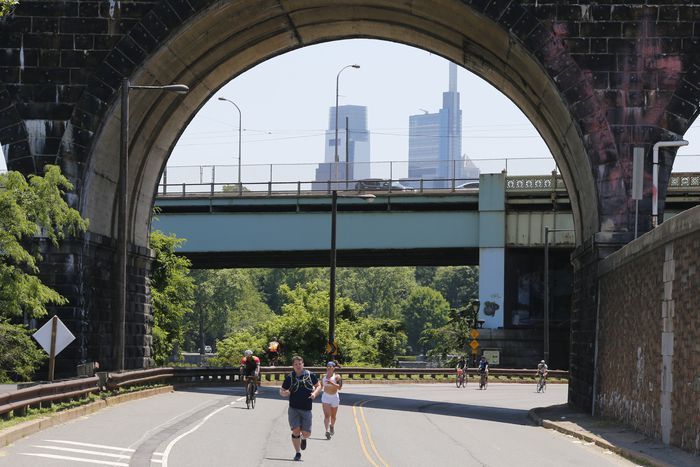The Hub 5/28/2021: Clean Air Council’s Weekly Round-up of Transportation News

“The Hub” is a weekly round-up of transportation related news in the Philadelphia area and beyond. Check back weekly to keep up-to-date on the issues Clean Air Council’s transportation staff finds important.
The Inquirer: MLK Drive which has been closed to cars during the pandemic will be reopened on workdays starting in August. This decision has created mixed feelings as this space saw a huge increase in daily recreational usage from 500 to 5,000 people. The city needs to improve the road design so we can retain the safe recreational benefits that pedestrians, runners, and cyclists obtained.
EINPRESSWIRE: PennDOT announced that the planned reopening of the Schuylkill River Trail under the Chestnut Street Bridge in Center City has been delayed until late June, due to subsurface obstructions. Pedestrians and cyclists are encouraged to continue following posted detour routes.
CityLab: New York State senate introduced Senate Bill S4307 that would require the New York Department of Motor Vehicles to create a database that would rate the safety of every vehicle sold in the state. Research has proved that the larger the vehicle size is, the greater risk pedestrians face of getting killed when hit. Senators introducing this bill hope to educate people on the consequences their vehicle choices can have.
PlanPhilly: SEPTA has launched a new initiative called SCOPE (Safety, Cleaning, Ownership, Partnership, and Engagement) to help people struggling with addiction and homelessness. This vulnerable population seeks refuge in the transit system.
Next City: Commuter rail and regional rail have faced the largest decrease in ridership due to the pandemic. These transit services depended largely on the commute of workers from the suburbs to downtown offices and back. Transit agencies are seeking solutions to increase ridership.
Image Source: The Inquirer

